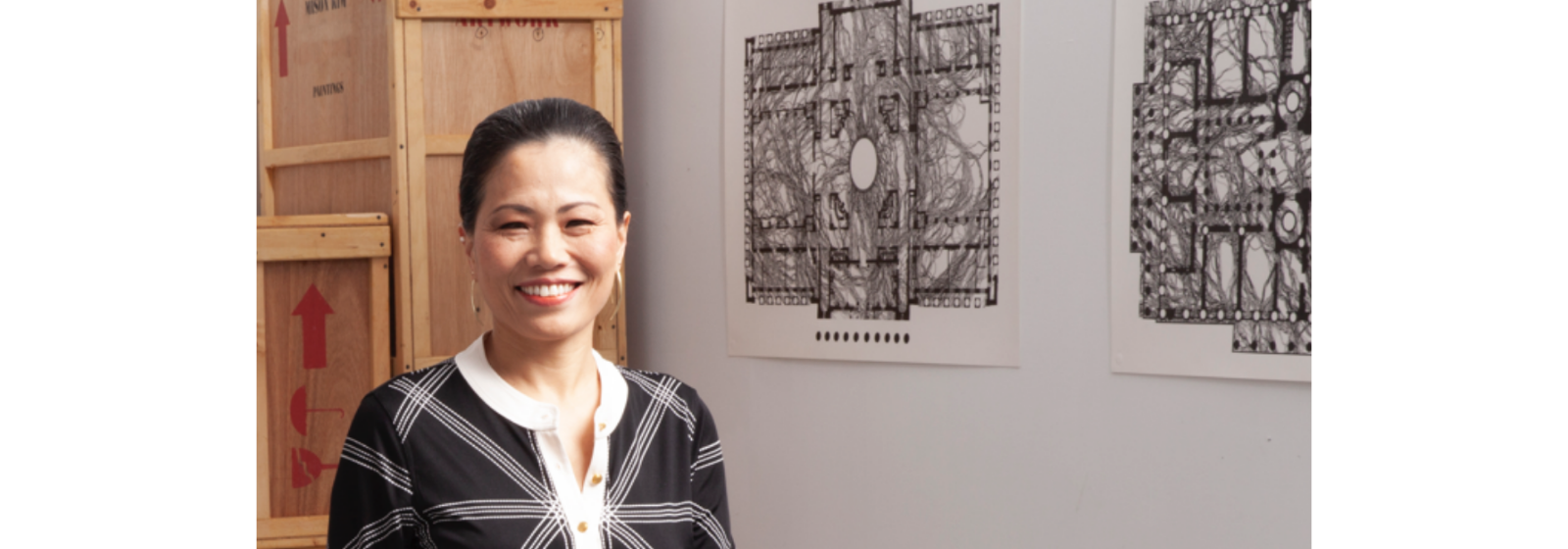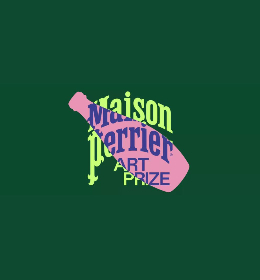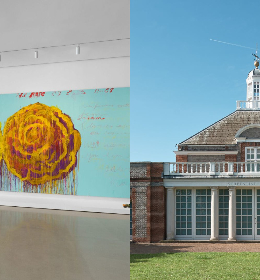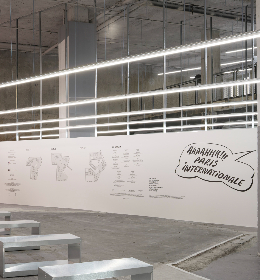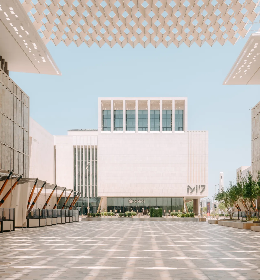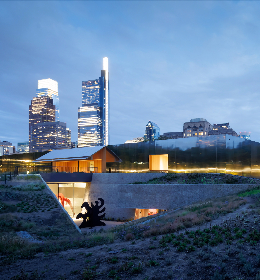The 4th of July, the U.S. Independence Day, brought some closure to the spiraling of different ideas flowing through my conscious and unconscious meanderings. I thought about the work of Mison Kim, whose studio I visited during the lockdown via Zoom, and some things I have been mulling over fell into place. One of the most present aspects of her drawings and paintings is the flow of lines that wander in perpetual motion as if the stems or roots of plants could move like water through a space. These lines, both even and parallel, can resemble unwound skeins of woollen yarn, at times fused together across a space, both walking and following, exploring the landscape of a surface. Alive and aware of the current, these synchronous paths echo the murmurations I have seen in the south of Spain with groups of starlings, their direction dramatically changing when threatened by an unseen predator, appearing as a cloud of blackness in an endless sky.

White House, Games, Guns, and Glory series, Mison Kim
Kim’s work does not dictate what the viewer should think or even burden us with interpretation, but it does show us the unseen forces at work, the melding of our energies, our ideas, our human and inhuman connections as if a representation of a bloodstream on the body that is our planet. While earlier works showed this flow through lines moving and forming into unbound geometric shapes across a field of white, more recent works in her series Games, Guns, and Glory, become politically charged through our own projections, as the lines travel inside architectural drawings we recognize as edifices of church and state. Some examples of these buildings are the White House, where the U.S. president governs, or the marked transepts, naves, and colonnades within cathedrals existing in continuum from centuries past. We know and love the recognition of these spaces as we scan the patterns of the floor plans or splices of vertical planes in these drawings of famous buildings.
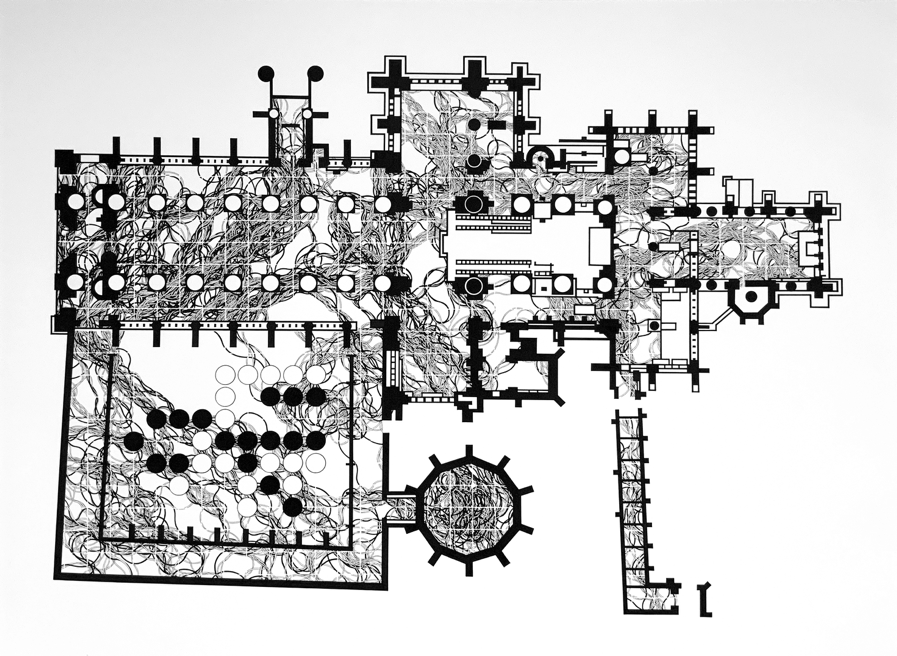
Hereford Cathedral, Games, Guns, and Glory series, Mison Kim
The observation of the work becomes a visual puzzle, and our recognition of parts which link together to form a whole, entices us as the viewer to come closer and play the game, solving the mystery of which building or specific church might be represented. This element of familiarity and parts that create a whole draws us into the work and our eyes begin to adjust from the flow of information that is the lines spilling around the plotted points. Here is a semiotic code of columns, doors, and indoor spaces contained within a vessel that is government, religion, beliefs, and systems of order, restriction, control, power, and a release of unseen momentum of energy and ideas represented through the undulating murmurations of the black lines on a white background. Upon further contemplation, the resemblance and eruption of cognizance explodes as we realize that the floor plans also trace the edges of semi-automatic weapons. A new layer of thought, connection, and disruption occurs through this traumatic wave of cognition and visions of school shootings, 24-hour news cycles, and mortuaries invade the private space of our thoughts. This is Kim’s witness and testimony to the energy and connection we all have to each other, unspoken, but felt from the inside out, our combined trauma, drama, synthesis of experience and endurance.
Kim’s art brings to mind the words of Martin Luther King, Jr. on April 16, 1963, in his famous letter penned from Birmingham jail where he incites the necessity of action and our connection to all in our fight for justice. Early on in his letter, King wrote, “Moreover, I am cognizant of the interrelatedness of all communities and states. I cannot sit idly by in Atlanta and not be concerned about what happens in Birmingham. Injustice anywhere is a threat to justice everywhere. We are caught in an inescapable network of mutuality, tied in a single garment of destiny. Whatever affects one directly affects all indirectly. Never again can we afford to live with the narrow, provincial "outside agitator" idea. Anyone who lives inside the United States can never be considered an outsider."
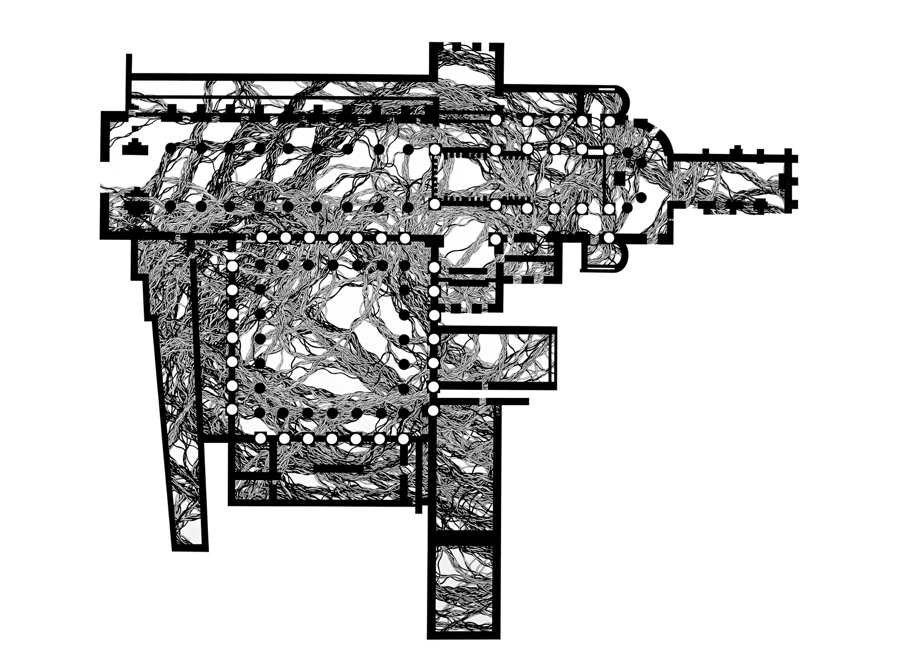
Caliber of St. Bart, Games, Guns, and Glory series, Mison Kim
Kim emigrated to the U.S. when she was nineteen and is an active citizen, creating art that is poignant and meaningful, a witness to the current state of the democracy, its order, its chaos, and the problematic nature of the failings of an unworthy president. She has seen this chaos, failure of democracy, unrest, and its discord, in her birth country — Korea. In answer to my question regarding her reaction to the current state of affairs in the U.S., she connects the dots for us, in a similar way to the dots and lines in her works. Her words share the burden of the U.S. nation, bent under the weight of certain and prolonged peril, the scales tipped in the inequities of justice, freedom, and the pursuit of happiness in a nation built from the roots of colonialism, and on the backs of slaves, an enduring profit which still bolsters the wealthy elite. Kim speaks candidly, “When I was young and growing up in Korea, it was supposed to be a democracy, but it was really a dictatorship. The presidents would get into power then were treated like kings, and they would try to change the law so that they could keep power for life. One president was there for eighteen years and then he was assassinated. The next president was a military guy who was even worse. You knew better than to talk outside the house, because who knew what might happen... I’ve been in America now for over 30 years. It used to be that when you looked at America you saw possibility and the future — this was a worldwide point of view. The longer I’ve been here the less that seems true. America now looks like the past. There are a bunch of games being played as twisted lines under the table that you can’t see. Things have been creeping back toward the kind of oppression we had when I was a kid in Korea.”
These reflections point towards a negative flow of energy, but Kim’s work implies a message of movement, of change, of the inevitable process of nature and growth that breaks apart systems that are too rigid, we see the floor plan of the White House splitting as sun’s rays, an epicenter which splinters and cracks, walls become just remnants of ramparts, she puts this feeling into words, “But I have hope. I don’t think the American people will let that happen. When I see the young people out in the streets these days it reminds me that change always happens from down to up. America needs to remind itself who we are. I still think we will.”




